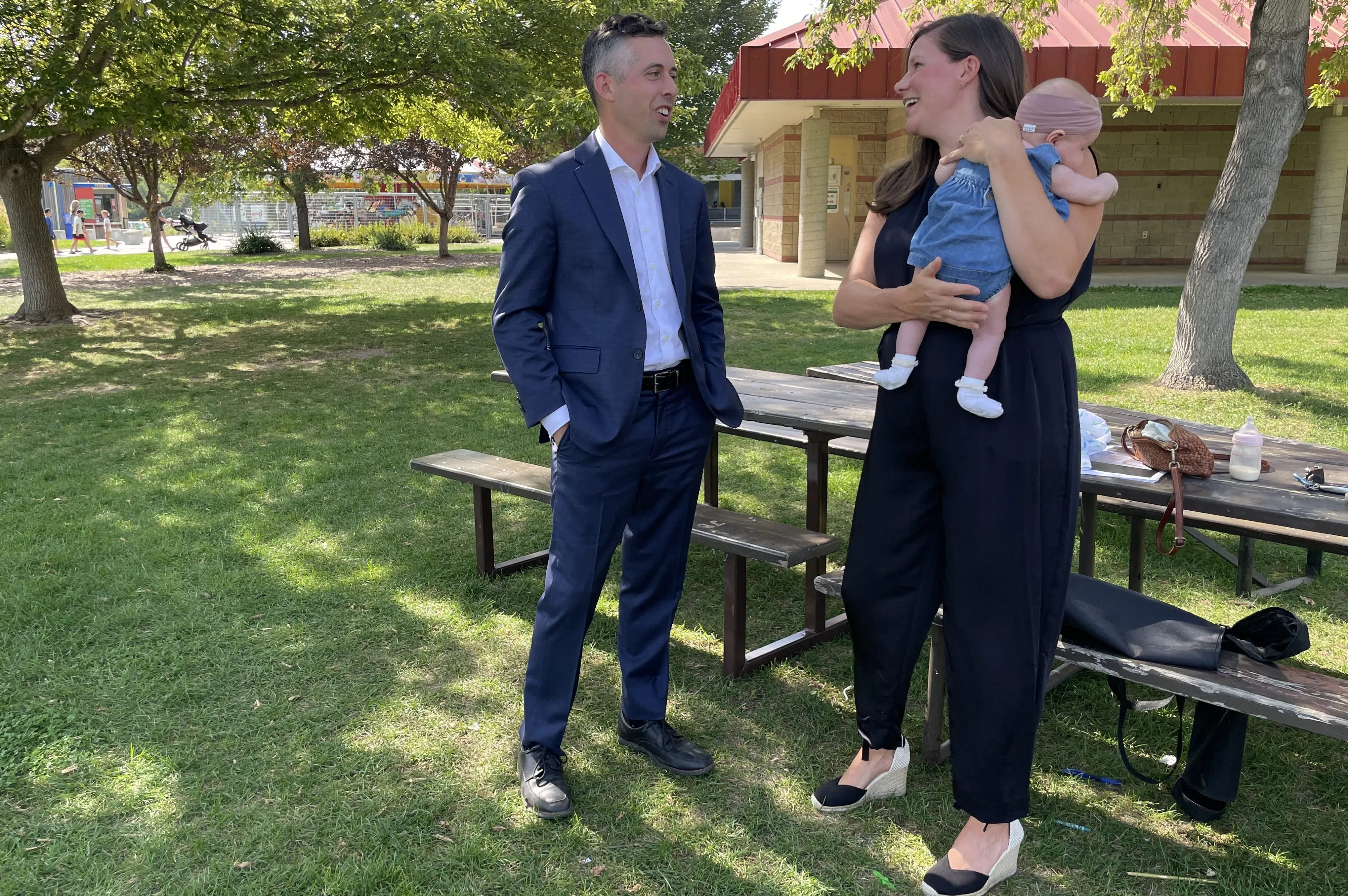Maternity nurses are sharing fears with the Saskatchewan Union of Nurses (SUN) that patients will die under their care.
SUN President Bryce Boynton said the maternity wards in Regina and Saskatoon hospitals are facing staffing shortages alongside aging, failing equipment and it’s reached a tipping point.
“Nurses are telling us they’re worried that today is going to be the day when they come to work and they walk into a closed-door room and find a baby or a mother who has died because they didn’t have the capacity to spend time with them,” Boynton said.
Read more:
- SHA warns of mosquitoes carrying West Nile virus in southwest Sask.
- Government announces 77 new health-care positions to rural, remote Sask.
- SHA prepares for routine school immunizations as classes resume
Based on a letter posted on SUN’s social media, patients in Regina General Hospital’s (RGH) maternity ward are waiting hours to be seen, delivering babies in triage beds, having their Cesarean sections delayed or cancelled and being denied epidurals due to “capacity pressures.”
Another issue is that electronic fetal monitors are outdated, causing monitors to stop working while they’re being used on a patient.
“We are running from room to room to find working equipment,” the letter wrote, pointing out that Saskatoon’s Jim Pattison Children’s Hospital (JPCH) is experiencing similar situations.
“We’re at a point where babies and mothers are at real risk here, and nobody should stand for that. We should all be very scared that we’ve gotten to this point,” Boynton said.

Pictured beside Conway, Rural and Remote Health Critic, Jared Clarke, said people from smaller communities are coming into cities when they’re having their baby because they distrust their local hospital, which ends up putting even more of a strain on resources.
SHA cite staffing shortages as a summer issue
In an emailed response, the Saskatchewan Health Authority wrote that the recent staffing shortages experienced at RGH and JPCH were in part because of summer vacations and an unexpected number of sick days.
According to the organization, it “actively monitors capacity and staffing” in maternity wards, making adjustments as needed so mothers and their newborns get the appropriate care, with the highest-risk patients getting priority. Transfers are also done when necessary.
The SHA highlighted that there were an extremely high number of births at JPCH in July of this year, although by August, birthing numbers and staff levels returned to normal.
Conway disputed this claim, though, providing a photo of delivery statistics which showed the same number of babies were delivered in July 2024 and July 2025 at JPCH, with 492 births. She said the NDP got these figures through internally leaked data.
“So, this is a blatant lie,” she said about the SHA’s response. “That is a way to kick dust in the face of your healthcare workers when they are already doing an impossible job.”
Conway called on the provincial government to sit down with healthcare workers and hear their ideas on what can be done to improve recruiting and retention rates.
Boynton also disagreed with the SHA’s justification for the lack of staffing, saying that based on work situation reports, these wards have been short-staffed for over a year. It’s partly because patients are coming in with more complex needs, according to Boynton, and also, nothing is being done to encourage more senior nurses to stay.
He said members are disappointed by the notion that staffing shortages are just a summer issue.
But, even with Boynton’s statements that it’s a long-standing problem, Conway didn’t have any issues while delivering her third baby at RGH a couple of months ago – or, at least, she didn’t share them with the media.
“I had a precipitous birth. I almost had my baby in the elevator, so that said they were able to get me from an assessment room to a delivery room,” Conway said.
Despite her own experience, she said as a new mom these issues are “terrifying.”
For parents who are expecting in the near future, Boynton provided some advice for birthing plans.
“A, have a plan, but B, be prepared for that plan to be completely abandoned due to a lack of resources,” he said.
— with files from 980 CJME’s Lisa Schick and Jacob Bamhour











